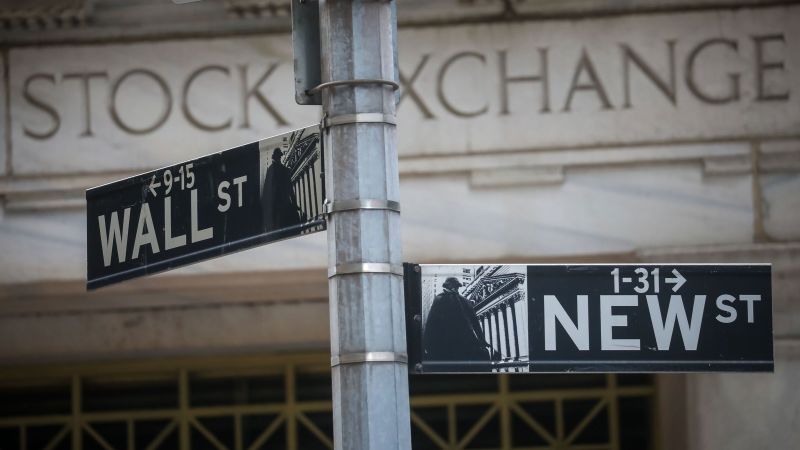The dynamics of Wall Street this week revealed a cautious optimism among investors, who were emboldened by the news that President Donald Trump might adopt a more conciliatory tone regarding the ongoing trade war with China. On Friday, the stock market rallied in response to Trump’s announcement that crucial US-China trade discussions are scheduled for Monday. This event was significant for investors looking for signs of de-escalation in entrenched tariff tensions, and it resulted in the S&P 500 closing at its highest level since February.
In the details of the market activity, we saw the Dow Jones Industrial Average finish the day up by 443 points, translating to a 1.05% increase. Similarly, the S&P 500 experienced a rise of 1.03%, while the tech-heavy Nasdaq Composite saw a 1.2% gain. These three major indexes achieved consecutive weeks of gains, indicating a resurgence of investor confidence. Following Trump’s optimistic social media post about the imminent talks, there was a notable uptick in stock prices, suggesting that market participants were beginning to look beyond the immediate uncertainties related to tariffs and trade relations.
Central to the upcoming negotiations in London are key figures such as Treasury Secretary Scott Bessent, Commerce Secretary Howard Lutnick, and US Trade Representative Jamieson Greer, who will engage with their Chinese counterparts. President Trump expressed optimism about the outcome of these discussions, reinforcing hopes that the bitter tariff war could soon see some resolution. Notably, discussions between Trump and Chinese President Xi Jinping, which lasted 90 minutes on Thursday, sparked further encouragement among investors.
Despite the prevailing uncertainty surrounding tariffs, analysts like Glen Smith, Chief Investment Officer at GDS Wealth Management, have posited that the stock market demonstrates a forward-looking perspective, suggesting that fears related to trade disputes might begin to thaw. Market conditions seem to suggest a divergence between tough rhetorical postures on tariffs and their actual economic manifestations, as many observers note that the true impacts of these policies have yet to be fully realized in economic indicators.
Economic data released this week played a pivotal role in shaping market sentiments. A somewhat better-than-expected jobs report indicated that the economy added 139,000 new jobs last month, alleviating concerns about the impacts of tariffs. However, it must be noted that this figure still reflected a deceleration in job growth compared to previous months. The positive news served to bolster confidence that the US economy is more resilient than anticipated, even amid the uncertainties wrought by tariff policies and global trade tensions.
Despite this, caution remains the watchword as analysts warn that it might take months to fully gauge the comprehensive economic impacts of Trump’s tariff regime on business decisions, hiring trends, and inflation. There is a consensus that the job market has not provided a full picture of the challenges posed by tariffs, with experts noting the potential for significant negative outcomes that could eventually manifest in economic data.
In the stock market, Tesla emerged as a key player with notable volatility, spiking by 3.67% after suffering a massive 14% drop earlier in the week. This fluctuation was influenced by public exchanges between President Trump and Tesla’s CEO, Elon Musk, which dramatically affected the company’s market valuation. While there was a slight recovery, Tesla’s market loss of around $119 billion over the two-day span highlighted the fragility of investor sentiment amid high-profile corporate events.
Meanwhile, bond markets reflected a shift in expectations regarding interest rate cuts from the Federal Reserve, fueled by a resilient labor market that seemed to suggest the Fed could afford to maintain its rates. As such, the yield on the 10-year US Treasury rose to 4.51%, with analysts agreeing that there’s no immediate need for the Federal Reserve to intervene with rate cuts at this time, given the current economic indicators.
As investors pivoted towards optimism, it became clear that market sentiments would remain closely tied to developments in the upcoming negotiations between US and Chinese trade representatives. The situation remains fluid, with analysts referencing the potential for unexpected policy shifts that could still affect equity markets in the weeks to come. Overall, Wall Street’s position is one of cautious optimism, poised to respond to the intricate interplay of international trade discussions and domestic economic indicators in the coming days.



